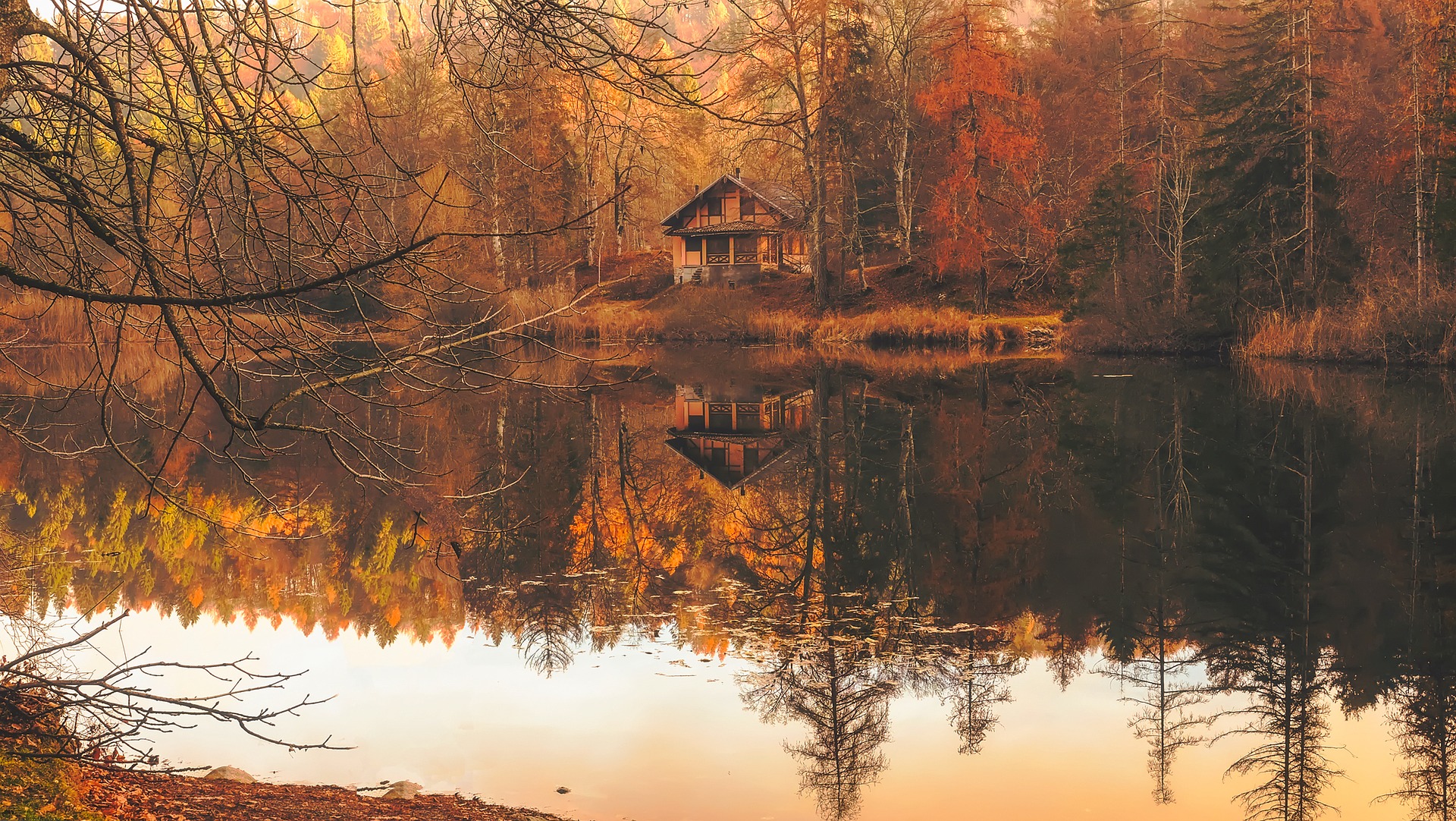Forestry Tips for Autumn

Each season presents the best time to conduct different stewardship activities. Timing your forest management for the ideal season will help you achieve success and avoid setbacks. This page provides tips to help you make the most of autumn out in your woods.

- The ideal season to plant and transplant starts when soils are saturated from the first rains and last until the end of the March. If seedlings are available, it is ideal to transplant in the fall because the plants have all winter to get rooted.
- When you walk your woods, you can often find natural seedling nurseries along roads or gravel, these are great to transplant. It is ideal to transplant species from your own land because they are ideally suited to thrive.
- Late fall is a great time to prepare live plant stakes and help them start root in pots or the ground. Willow, cottonwood, ash and currants are all great plants to propagate.

- During the first rain events of the season, get out and look at the drainage of your roads. Make sure water is shedding off one side or the other, not running down the road surface.
- Make sure roadside ditches are clear to allow water to flow smoothly. Make sure other drainage systems like water bars are still functioning and haven’t worn down. Make sure cross drains have not gotten clogged – beavers have been known to plug up culverts.
- If you identify any road or culvert issues, apply for EQIP funding to complete the necessary repairs if they are too large to be solved with a DIY fix.
- If you have a stream in your forest, monitor stream bank integrity and be on the lookout for any needed restoration like streamside planting. Look out for possible upstream issues – channel downcutting, channel insizing, or movement of wood can indicate an upstream issue that’s increasing peak flow and water velocity. If this is the case you may need to add wood and rocks back into the streams to restore habitat and slow flows. Agencies like WDFW can provide guidance on properly placing wood in stream.

As trees start going into dormancy, fall is a great time to prune and conduct precommercial thinning. It’s easier to move in the forest in fall and winter. After thinning, there are many ways to manage the resulting slash:
- Branches can be left, dropped as they fall, as long as there is not a significant pile around the base/bowl of the tree.
- Branches can also be collected and piled in a place that’s a gap, not adjacent to a tree.
- Poles can be cut and dropped. Make sure to limb them and cut them into 10-15’ sections so the pole is in contact with the ground to increase habitat value.
- Use poles to make habitat piles, with larger diameter wood on the bottom, stacked perpendicularly, and smaller slash on top to make a pile about 10’ in diameter and 6’ tall.
- Make constructed habitat logs by piling poles parallel to one another to make a “log” about 20” in diameter and 20’ long.
- Consider an alternate use of woody debris like firewood and manufacturing biochar.
- Make sure to always clear slash 25-50’ from roads to maintain fuelbreaks.

Leave a Reply